Using Epoxy Resin on 3D Prints
Applying epoxy resin is a straightforward process. Once you have an even mix, the resin can be applied using an applicator or brush. If you don't have those, gloved fingers will do the trick.

Layer lines, those visible lines on the outer walls of a 3D-printed object, can be a real headache. While some may see them as adding character, depending on your slicer settings, they can also indicate weaker areas in your print. This is particularly problematic if you aim for a print that can hold liquids.
This issue led me to an exciting experiment: sealing my finished prints with epoxy resin. I discovered that when printing objects that need to connect, epoxy can serve as an excellent bond, significantly enhancing the material's overall strength. This was particularly evident when I attempted to print an 18-inch vase. I divided the vase into six parts and used glue, wood filler, and epoxy to bind them together.
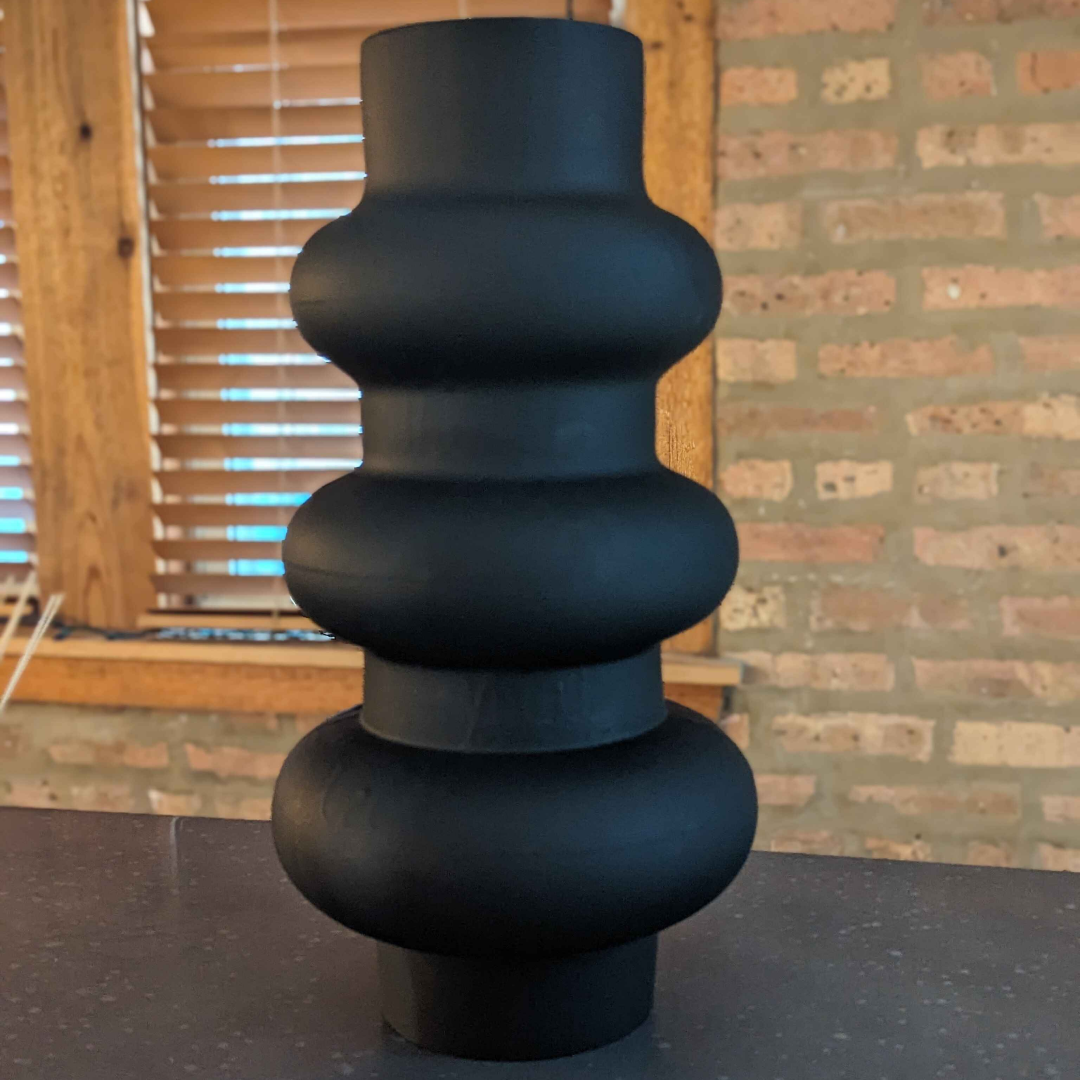
Using acrylic paint to color your resin can even rid your designs of layer lines (Public Enemy Number One). A bit of epoxy, sand, polish, and repeat can improve the aesthetic of your prints.
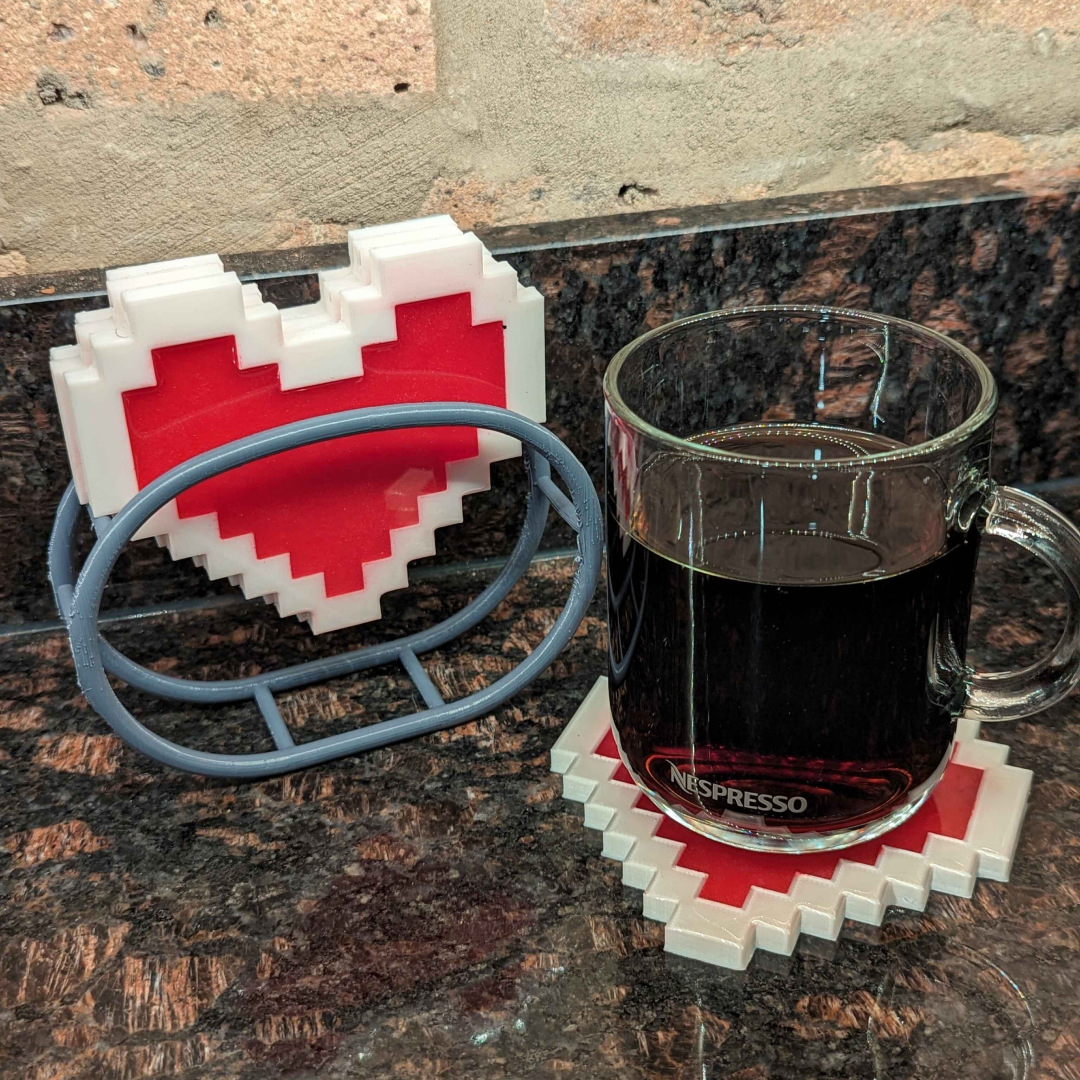
Another benefit of epoxy is its resistance to water and other environmental factors. Food-grade resin can even seal 3D prints for your kitchen or children.
How it works
Applying epoxy resin is a straightforward process. Most resin kits in your local Michael's or Joanne's have 1-to-1 mixing ratios, making it easy to get the right consistency. Once you have an even mix, the resin can be applied using an applicator or brush. If you don't have those, gloved fingers will do the trick. For curing, you set it and forget it. Each manufacturer has different dry times, but a minimum of 24 hours is usually sufficient. And here's a pro tip: unless you're trying to put wrinkles in your design, learn from my mistakes and wait to touch your resin-coated prints until at least 24 hours in.
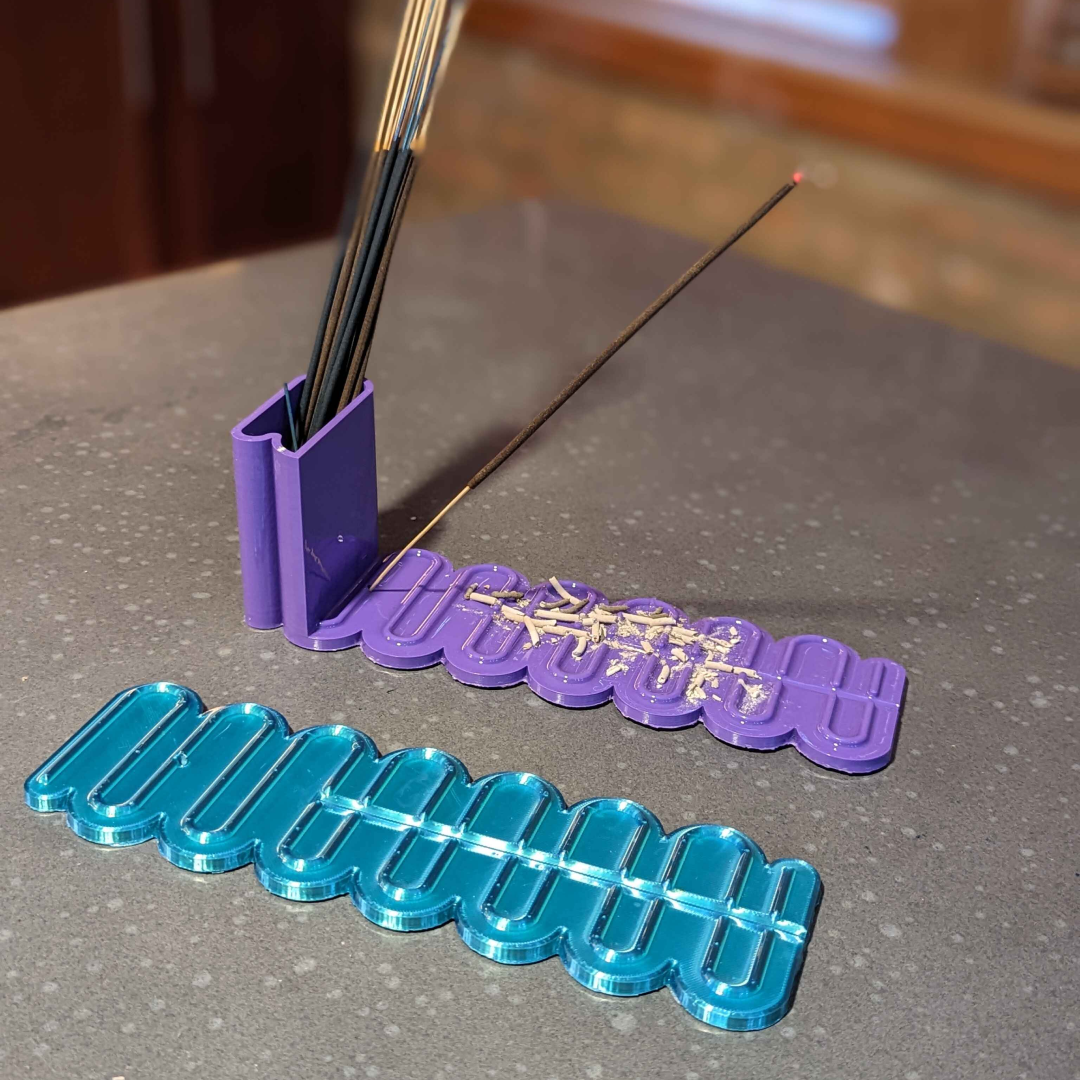
Give it a try
I've uploaded some of these models to my Thangs for free. Give them a download and experiment with epoxy resin on your projects.
Once you get over the learning curve, the potential of epoxy resin in your 3D designs is limitless. I've lined 3D-printed ashtrays with epoxy for extra reinforcement, held together six pieces to create an 18" vase, and coated incense holders with resin for easy clean-up. Whether you're creating functional prototypes or artistic sculptures or don't like layer lines, epoxy resin can elevate your creations to new heights.


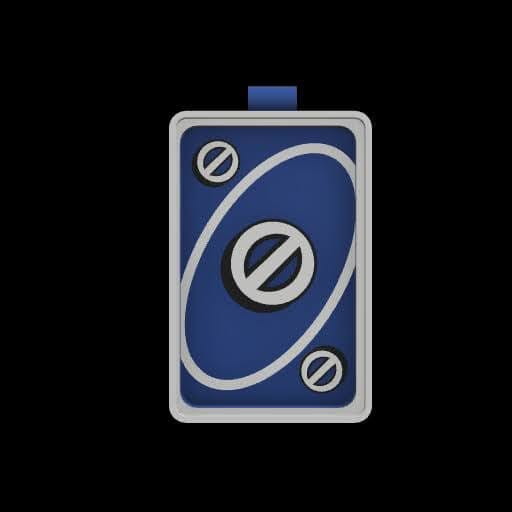
Cloud, Video game controller, and Uno Skip necklace charms. Each charm is painted with acrylic paint and sealed with resin.
Where to buy epoxy resin




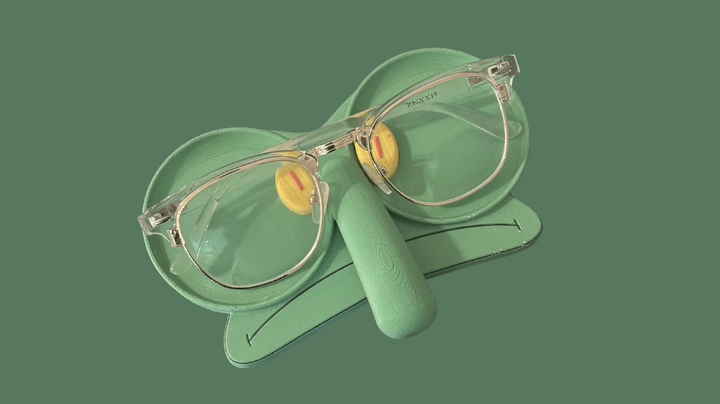
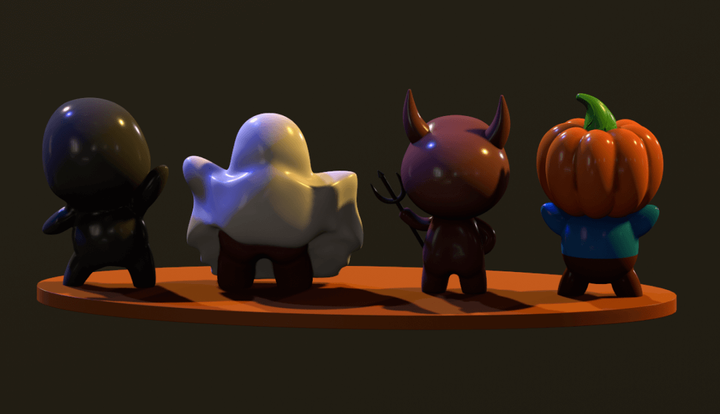
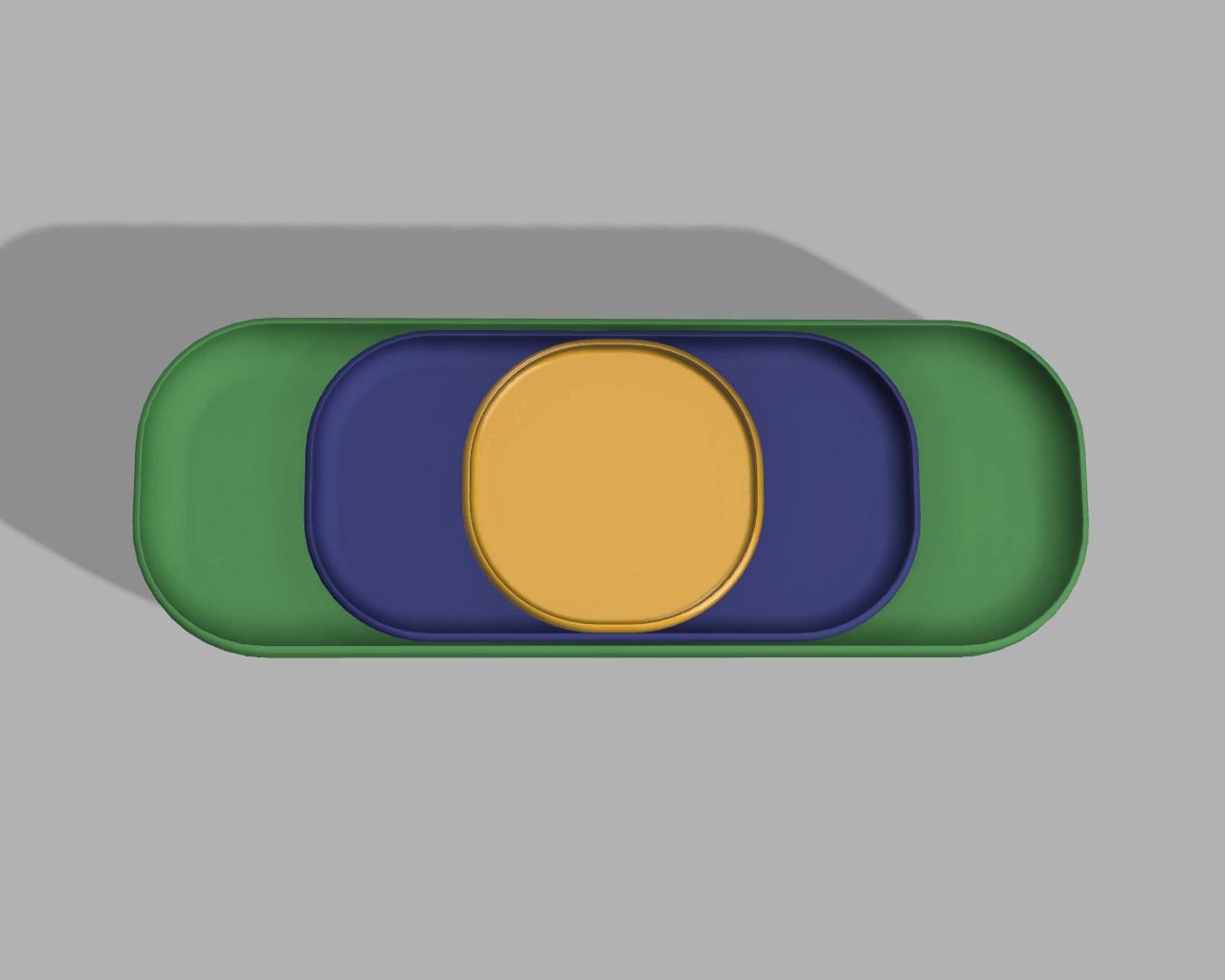
Comments ()